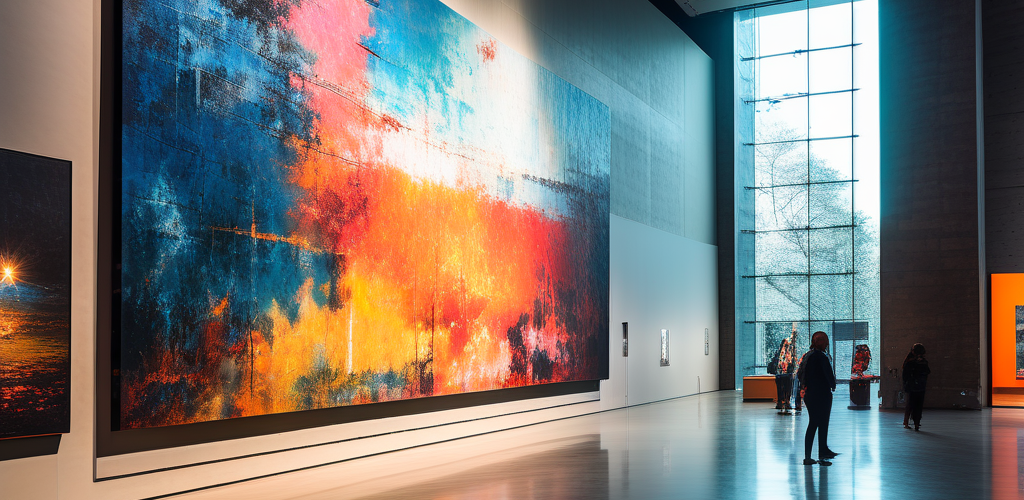Types of Art Exhibitions: A Short Guide for Art Enthusiasts

Do you love art and museum-going and want to learn more about the inner workings of the art world? Let this blog post be your guide. We are going to discuss the different types of art exhibitions that exist out there.
Types of Art Exhibitions: A Short Guide for Art Enthusiasts
There are many ways to classify art exhibitions. For example, exhibitions can vary by the type of objects they display and how they do it, their duration and location, how they position art in regard to the audience and artists, and more.
One of the main differences we can pinpoint is that some art exhibitions are commercial while others are not. Commercial exhibitions are also often called art fairs because they exist to promote and, most importantly, sell as many artworks as possible. Art auctions can be part of an art fair, but they are usually two separate things that should not be confused. In addition, galleries and artists have to pay fees to participate in an art fair.
Exhibitions can also vary in their permanence. For example, temporary art shows normally display other objects from the museum’s collection or the ones that were loaned to the museum by other institutions. There are also permanent museum exhibitions, which stay the same no matter how much time has passed. Art galleries typically change expositions quite often, depending on the exhibition cycle, which can last anywhere from a few weeks or longer. Traveling exhibitions are art shows that move from one location to another, similar to how a musician would go on tour. One of the most famous examples of such an exhibition is “Van Gogh Exhibition: The Immersive Experience.”
Finally, fine art exhibitions can be classified based on whether they are “juried” or not. A juried exhibit only features artworks that were approved by a group of experts. A non-juried art show is an event that showcases all artworks without any selection process, though it usually has a limit on the number of participants.
The art world is a fascinating place that never stops evolving. While these types of art exhibitions are some of the most common, some institutions go out of their way to innovate the exhibiting process. With online art galleries and virtual art shows becoming increasingly popular, the possibilities are almost endless.
